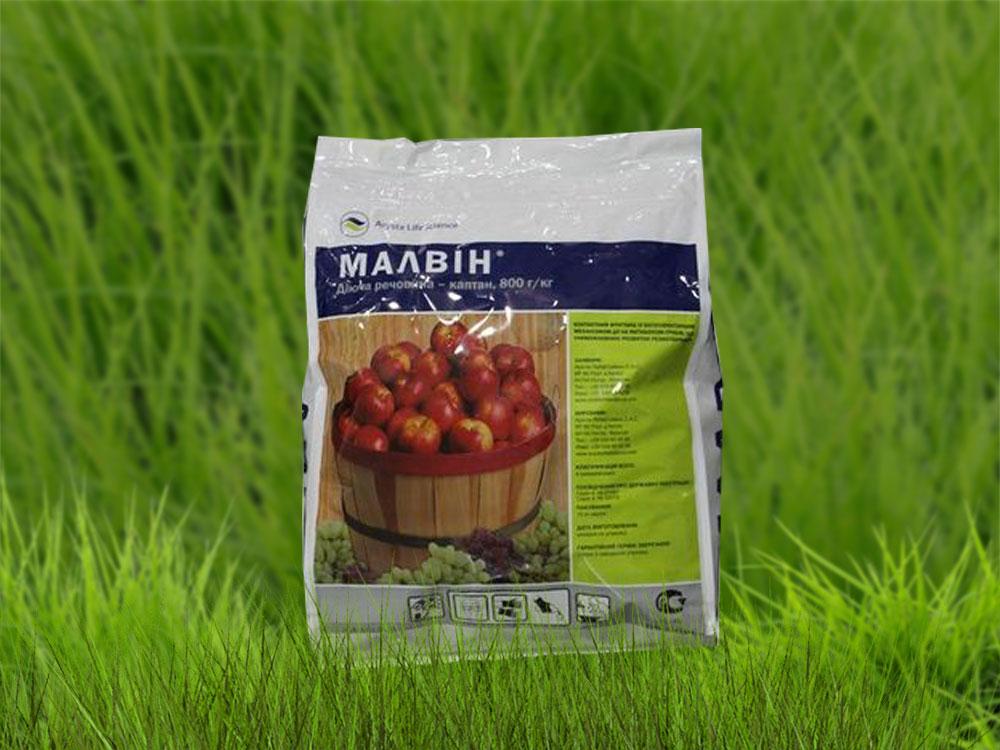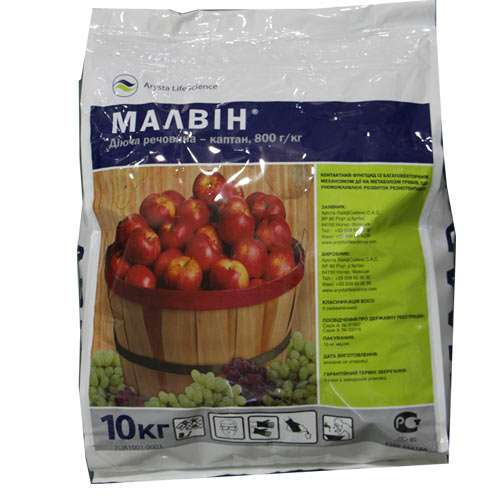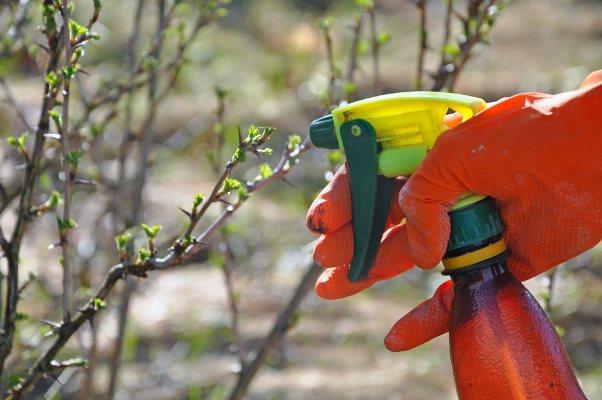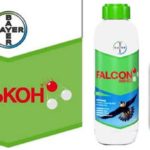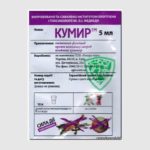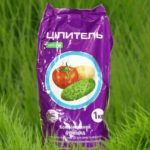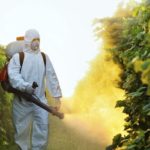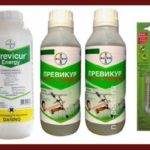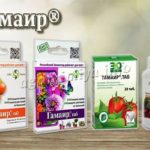Regardless of the nature of the care for fruit trees, over time, signs of infection appear on the plants. Treatment in this case is carried out using fungicides. Some of these products are used only as a preventive measure against infection. In this regard, when fruit trees are infected with fungus, it is recommended to use “Malvin”, or a targeted fungicide that destroys different types of pathogenic microorganisms.
Composition and release form of contact fungicide "Malvin"
The basis of "Malvin" is the active ingredient captan. This component is contained in a concentration of 800 grams per kilogram of the drug. "Malvin" is produced in the form of granules that dissolve in water. One package contains 10 kilograms of product.
Operating principle and scope
Captan, which is part of Malvin, is distinguished by the fact that it has a direct and complex effect on fungal life forms of various types. This substance inhibits the metabolism of bacteria, thereby preventing the development of resistance to the drug.
"Malvin" can be used at any time during the plant's growing season. To prevent infection, it is recommended to apply the drug to fruit crops in early spring, before the first flowers form. The product provides protection to the plant for two weeks after spraying. "Malvin" is recommended for use for the treatment and prevention of:
- scab and moniliosis on the apple tree;
- cleasterosporia blight, moniliosis, leaf curl on peach;
- moniliosis and klyasterosporiosis on apricot;
- mildew on grapes.
This drug has no harmful effects on the human body and pollinating insects.
Consumption rate
Due to the fact that the fungicide is produced in the form of granules, the drug must be diluted in water before each spraying. According to the information given in the instructions for Malvin, the working fluid when processing apple trees is consumed in the amount of 1.5 thousand liters per hectare. When spraying grapes, up to a thousand liters of the product are used per hectare.
Instructions for use of the drug
As noted, “Malvin” can be used in any weather conditions. The preparation contains substances that form a dense film on the surface of the treated crop and prevent the product from being washed off from the plant even during heavy rainfall.
When peach, apple or apricot trees are damaged, the product is used according to the following scheme:
- the first spraying is during the formation of pink buds or a green cone of leaves (depending on the type of disease);
- subsequent ones - every 8-10 days, until signs of infection completely disappear.
If grapes are damaged, it is recommended to spray the plant during the formation of inflorescences, and then every 8-10 days.
To prevent infection, plants should be treated in the spring, before flowering. This procedure is recommended to be carried out every year. The drug begins to act immediately after application to the culture. During the first 36 hours after spraying, Malvin controls the development of pathogenic microflora, suppressing the spread of fungi to new areas.
The use of a fungicide is prohibited in cases where flowering weeds sprout next to the affected crops (more than three plants per 1 m2), during the active summer of pollinating insects. Before spraying, such plants need to be mowed. During the active summer of bees, it is recommended to use the fungicide in the morning or evening.
Safety precautions when working with fungicide
“Malvin” does not foam after mixing with water, which simplifies the work with this fungicide. When spraying plants, it is recommended to use sprayers with a droplet size of 125-350 MOD.
The fungicide belongs to the second (medium hazardous) hazard class.This means that the drug may cause an allergic reaction upon contact with skin. But after penetration into the body, the likelihood of intoxication is lower than with other antifungal drugs.
In order to prevent such consequences when spraying plants, it is recommended to wear gloves and goggles. No other protective equipment will be required when working with Malvin.
Compatibility with other agrochemicals
"Malvin" can be combined with most commonly used fungicides. However, each time the product is used, it is necessary to check for compatibility. In order to prevent the development of resistance to powdery mildew, “Malvin” is recommended to be combined with triazole or strobilurin.
Shelf life and storage conditions
"Malvin" retains its original properties for three years after release. This fungicide must not be stored on private farms. The drug is used in the industrial cultivation of fruit crops. The product should be stored in a dry place, away from direct sunlight.
What can be replaced?
Instead of Malvin, the following are used in the treatment of fungal infections in fruit trees:
- "Abiga Peak";
- "Horus";
- "Fardi";
- "Delan."
Each fungicide indicated differs in its contact action. At the same time, in terms of characteristics and method of influence, only “Delan” is considered a full-fledged replacement for “Malvin”. “Abiga-Peak” stands out because, in addition to fungal infections, it suppresses bacterial infections, including those on vegetable crops, medicinal plants and forest plantations.

